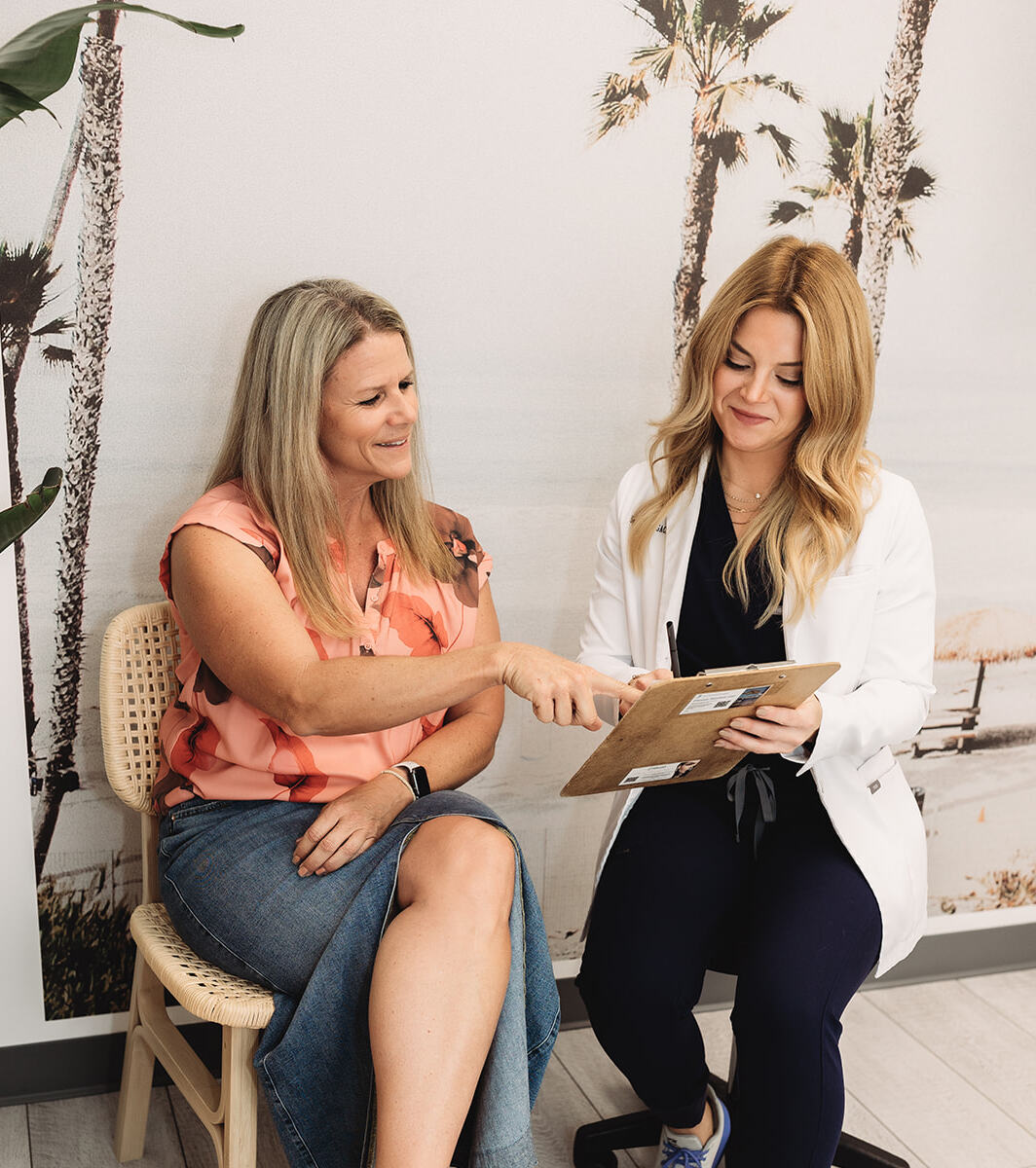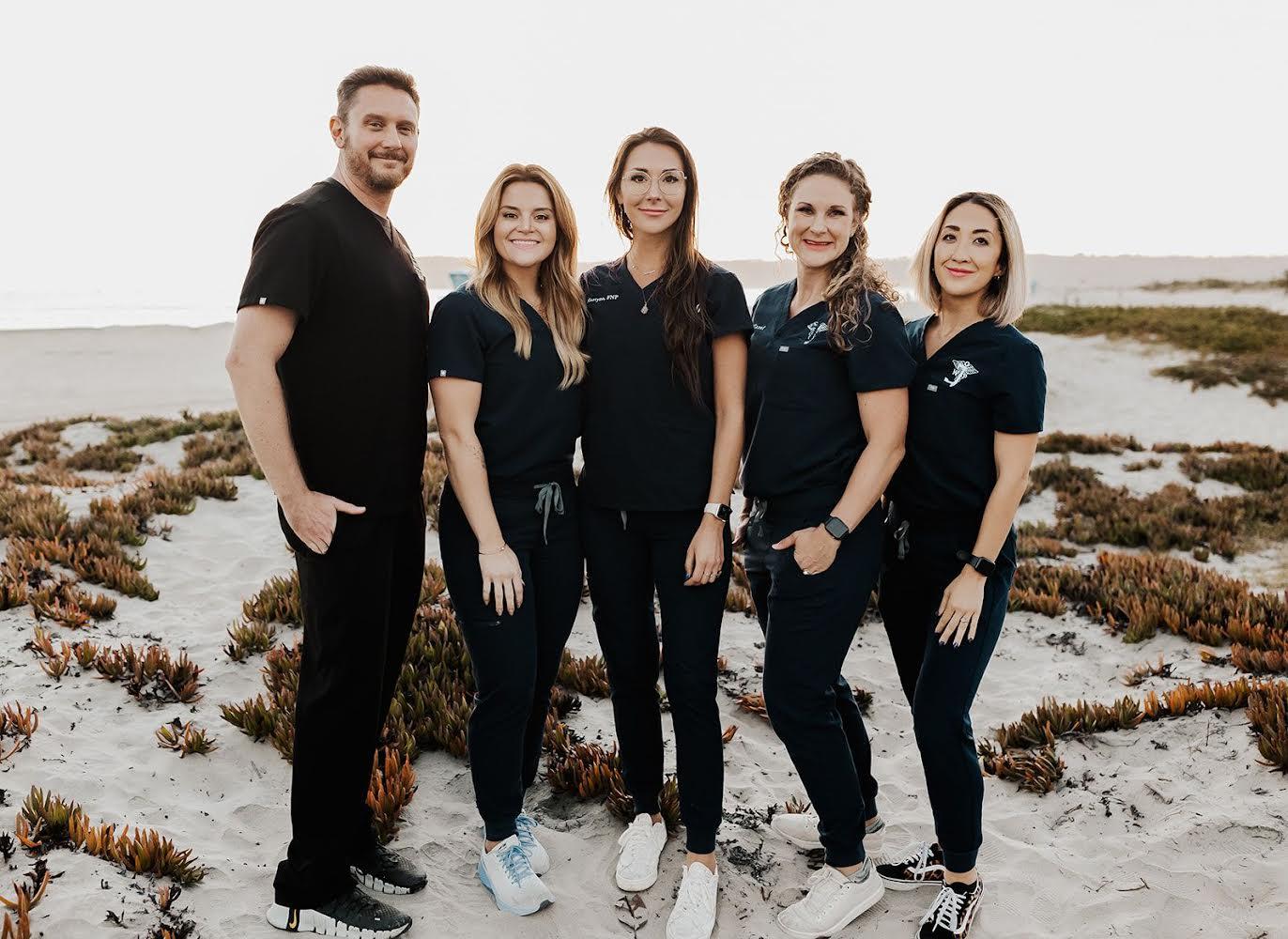Location
Hours of Operation
Monday – Friday | 9m-5pm, by appointment only
Closed Saturday and Sunday
Phone
Fax
utah@joywellnesspartners.com
Payment
Here at JWP® we want to make the invoicing and payment process as easy and simple as possible. If at any time you have any questions, concerns or just need to talk to one of our team members, we are more than happy to help you. Please feel free to contact us at any time.
We accept the following payment methods:
– Cash
– Credit cards
– Venmo
– ApplePay
– PayPal
– Advanced Care Payment Plan: interest free payments for 14 months, approved in 60 seconds! Apply now
– Flexible Spending Account (FSA) and Health Savings Account (HSA) cards.




